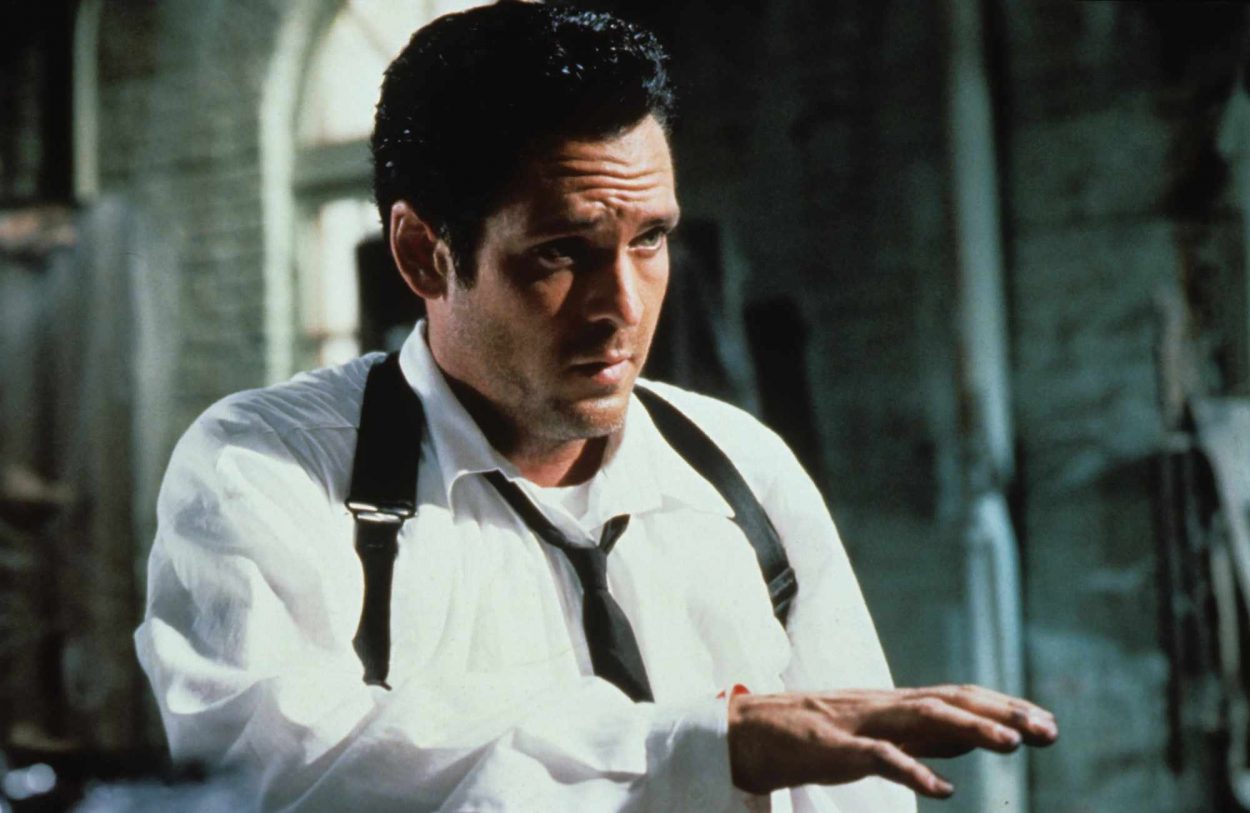Lurid. Sleazy. Trashy. Sordid. All words used to describe Joseph Cates’ 1965 thriller, Who Killed Teddy Bear? Is it an exploitation film? Is it part of the queer panic canon? Was this film the motion picture to inspire works like Taxi Driver (Martin Scorsese, 1976) or even Black Christmas (Bob Clark, 1974)? It is notable that practically every written review from those who have seen this film has included a kind of defense, no matter how damning their take. While discussing the film as pure filth on celluloid… they couldn’t completely hate it. Their final remarks always ended up recommending Who Killed Teddy Bear?, struggling with their own feelings on it and resolving to see it as a skillfully done art film, perhaps part of an independent cinema movement that was just beginning to be born.
Out of all the wonderful films the New Beverly is showing this month for the Sal Mineo Film Festival, the do-not-miss rarities are Who Killed Teddy Bear? and the double feature of Crime in the Streets (Don Siegel, 1956) and Dino (Thomas Carr, 1957). I can’t tell you how thrilled I was to see them on the calendar. My dearest hope (as usual) is that my favorite theater in Los Angeles is packed to the popcorn maker for all of these films.
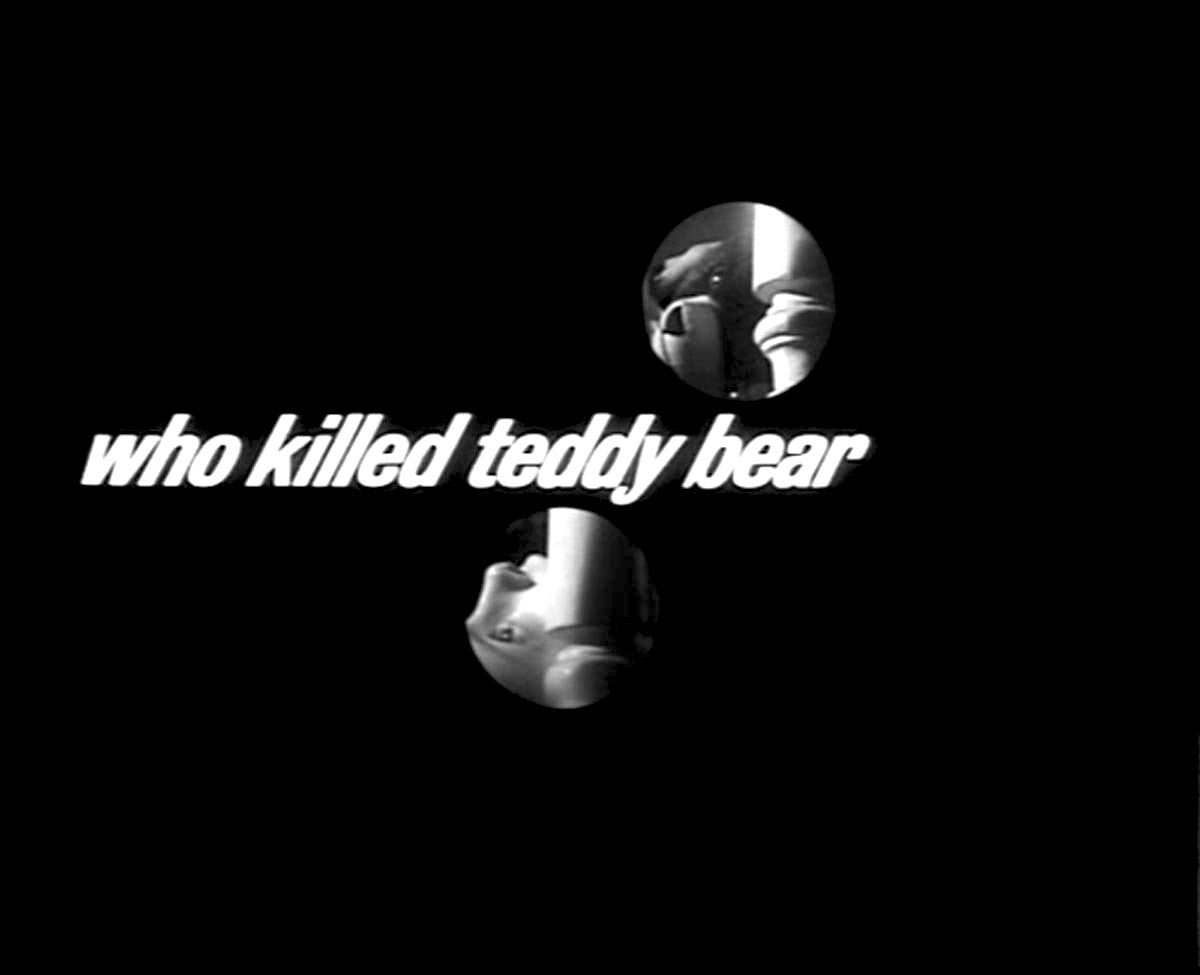
It’s easy to compare Teddy Bear to Scorsese’s Taxi Driver. Not only do both films feature lengthy and explicit tours of New York’s more seedy areas like 42nd Street and Times Square (not the tourist Mecca it is today), but they also both give prominence to a character that is in deep psychological pain, aligning him with isolation and sexual deviance. The other incidental is that Michael Chapman, the man who would go on to be Martin Scorsese’s cinematographer for Taxi Driver and other films, was the assistant cameraman on Who Killed Teddy Bear?. Whether that last factoid is coincidence or something that Chapman brought with him to the Taxi Driver set, remains a mystery but…the visual and thematic parallels are incredibly strong.
In Michael Gregg Michaud’s biography of Sal Mineo, the young actor talks about the character he plays in Teddy Bear. [mild spoilers ahead] “I played a telephone freak, and we were having this problem with the censors. In some of the shots while I was on the phone they wanted to sorta suggest that I was masturbating, but I couldn’t be naked. So I was just wearing jockey shorts. It turned out that was the first American film where a man wore jockey shorts on-screen.” Mineo’s comment here about the “problem with the censors” was a big one for this film.
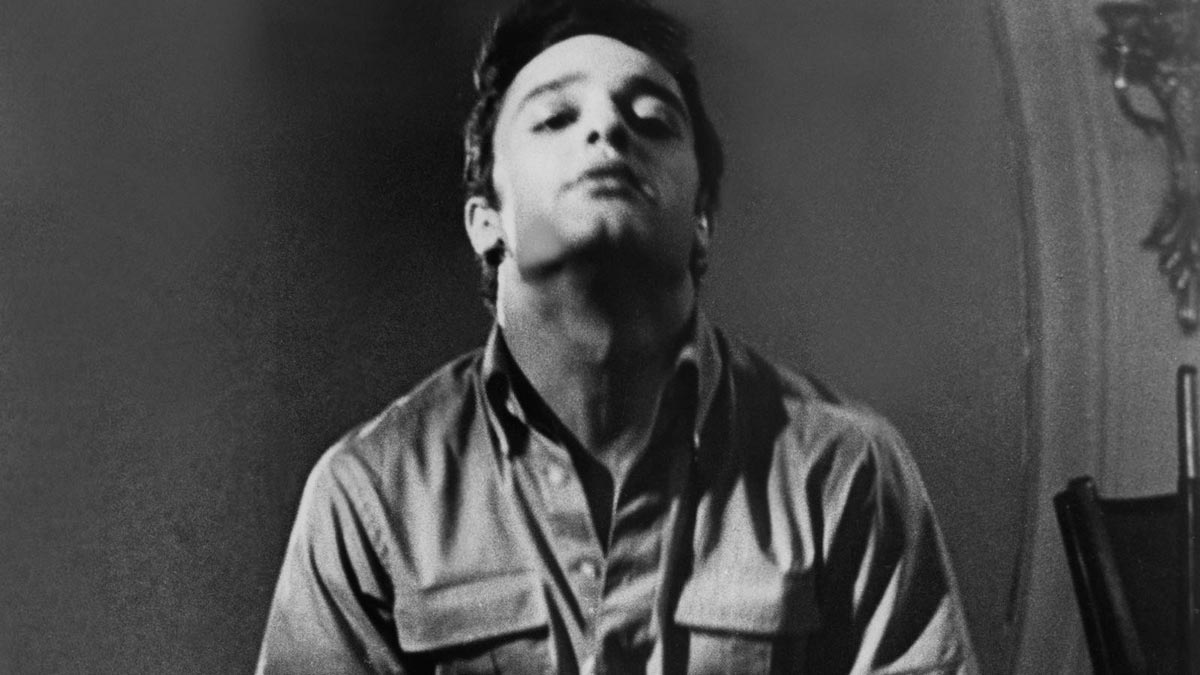
This film, expertly shot by Joseph Brun, belongs to that special set of grindhouse films that were less exploitation and more Cinema On The Edge. Who Killed Teddy Bear? may offer up lesbian nightclub owners, anonymous stalker/phone callers dripping with beefcake beauty, independent lady DJs and totally over the top police detectives with axes to grind against sexual deviants (how can you miss this film, folks??) but it also has some real acting and narrative threads that are more than pure sex and shock economics.
The character of Nora Dain (Juliet Prowse) has always struck me as intensely fascinating. She’s independent, clearly the best DJ at the nightclub (the ladyboss tells the other girl to “Keep ‘em dancing, cookie!” with a judgmental raised eyebrow), and has ambition. In this 1965 film, she is told by nightclub owner Marian Freeman (played by the inimitable Elaine Stritch) “I think you’re stupid living in that silly walk-up all by yourself,” when Nora informs her of the phone calls she has started to get. As the film blossoms, we watch and, despite the deepening intimacy of these obscene phone calls, she does not want to leave her own space. Nora doesn’t want to allow this Unknown Quantity to win over what she has built for herself, all the way from Rochester. While she may eventually get convinced in small ways to spend some time with the more than a little odd police detective (Jan Murray) and his precocious daughter (Diane Moore, real life daughter of Jan Murray), Nora still maintains a sense of autonomy and self-determination.
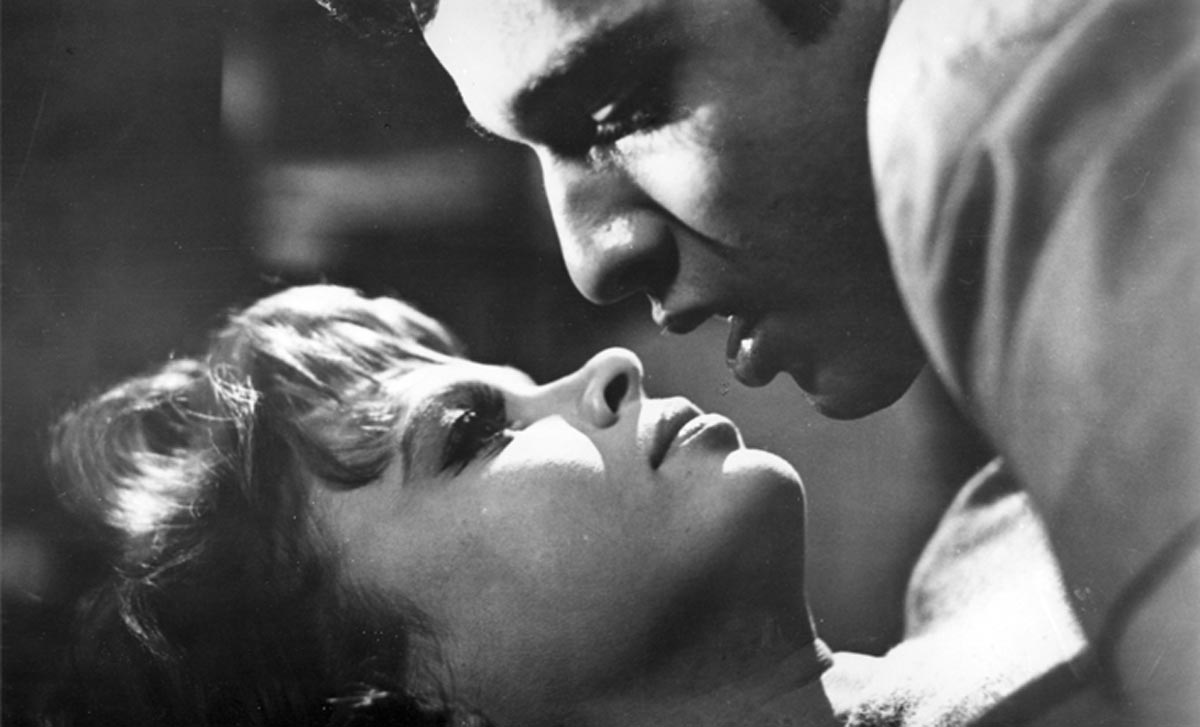
As women, this is something that we have all had to face in the age of stalkers, creepers and Internet threat-y folks. We want to be Nora Dain and be able to stay in our houses, be brave, go to work anyway, walk to/ from bars alone, maintain. But the problem is something that Who Killed Teddy Bear? reveals in the first 20 minutes of the film: the audience is as complicit in this story as the caller. NOWHERE IS SAFE. EVERYONE IS IN ON IT. When Nora returns to her apartment after a visit to the police and begins to get undressed, Joseph Brun’s skilled camera watches her carefully. But it gently draws back and subtly aligns us with someone else’s eyes. We are not a quarter of the way through this motion picture and we have been informed that we (the audience) are as guilty of voyeurism (and more?) as the individual who is causing this woman upset?
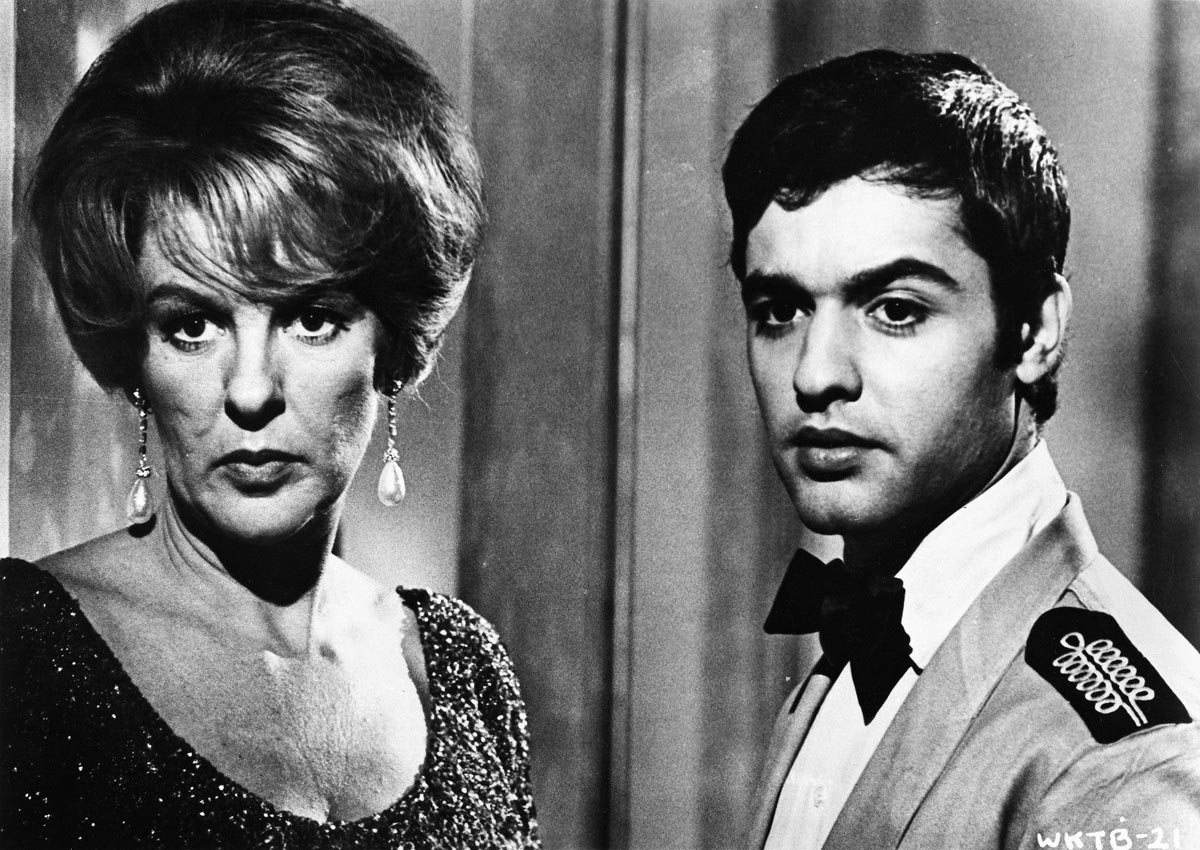
How do we process this film? Trauma. Through the exploration of the traumatized and those who have caused it – in Who Killed Teddy Bear? those people are, sometimes, one and the same. This is a complex film about fucked-up people and while it may seem like a cesspool on the outside, it’s got genuine depth to it. While Lt Dave Madden (Jan Murray) is dead-set on helping Nora catch her caller, his obsession with abnormal psychology and deviant criminal behavior is a little, um, awkward. Even Police Captain (Frank Campanella, who we just saw in Someone Up There Likes Me) tells him, “Dave, you’ve gone over the line. You’ve joined them.” Madden’s trauma? His wife was raped, killed and left in an alley the previous year.
Our man of the month, Sal Mineo, plays Lawrence Sherman, a young man who has clear psychological damage beyond the desire to make obscene phone calls to Nora Dain. While many might find it easy to position him as a clear-cut villain, Who Killed Teddy Bear? is not a film of such definitive good/evil standings. Even visually, the work commits itself to that cause. While most films in 1965 were shot in bursting color, this one was shot in blacks, whites and grays, moving in and out of focus, in and out of the timeline, sliding backwards/forwards, not maintaining the traditional narrative that most are used to- visually, temporally or, indeed, morally. Who Killed Teddy Bear? exists in a world of ambiguity and pain for many of its primary characters.
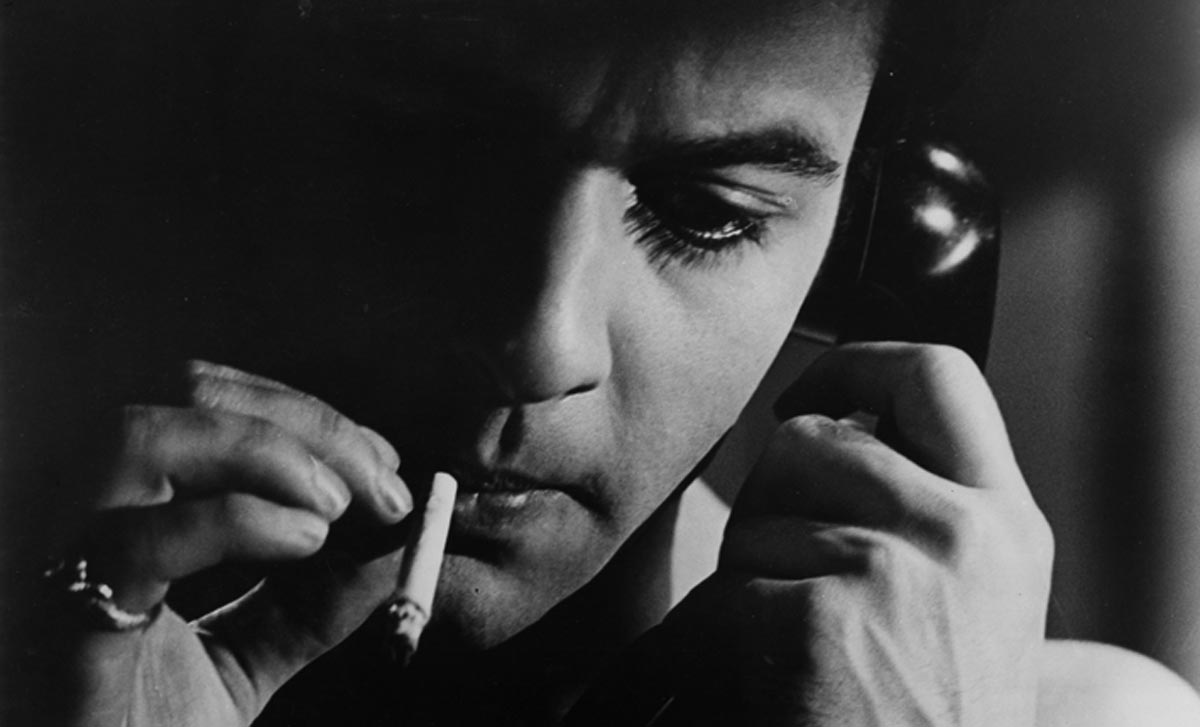
Even the workout scene where Mineo pushes himself to the edge of physical endurance is an example of this. In this gym sequence, Mineo revels in his own beauty, sensuality and sex; he indulges in own body as we, the audience, watch (and revel in it ourselves). This film centers on the performances of character(s) whose internal worth is damaged, broken and isolated and cannot be “worked out.” Lawrence cannot ever “work out” all of his pain, isolation or feelings through this process of attempted physical change and transformation, no matter how hard he tries. We, as audience, are willing participants in the narrative. But we are silent and we do nothing. We can do nothing. That is our role to play. We watch as the pain continues and the shattered fall to pieces and cannot regain composure. Control is a joke in Who Killed Teddy Bear? because everyone wants it but no one can have it, over themselves or others.
Who is right and who is wrong? Ambiguity reigns supreme. Yet we know exactly what behaviors are incorrect to the point of horrific. Sexual assault, murder, physical violence, these are ugly and appalling. Grotesquely painful. Joseph Cates’ film does not shy away from emphasizing this or portraying these grisly acts. This is not an easy film to sit through. But it’s damn good.
A rare 35mm print of Who Killed Teddy Bear? screens May 23.

